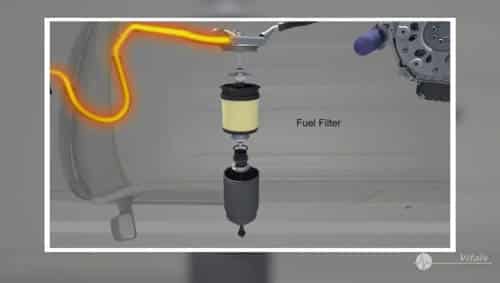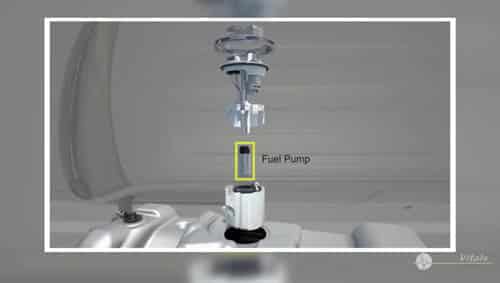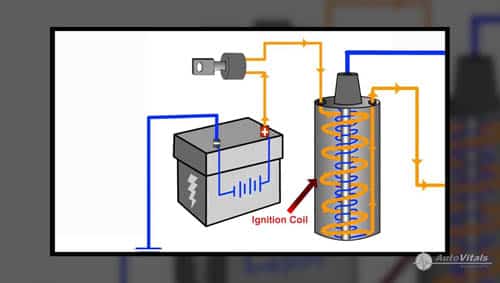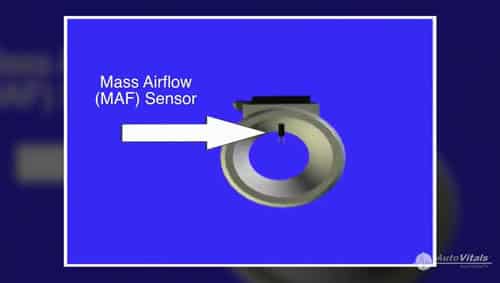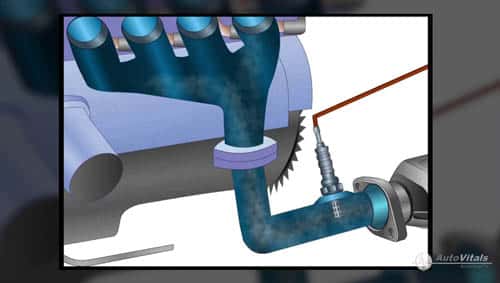Fuel Filter
The fuel filter keeps contaminants like dirt, water and rust out of your vehicle’s engine. Some fuel filters are located inside the tank, while others are fitted into the fuel line between the tank and the fuel pump. Check your owner’s manual for specific service intervals. If your vehicle loses power, misfires or stalls, you…

